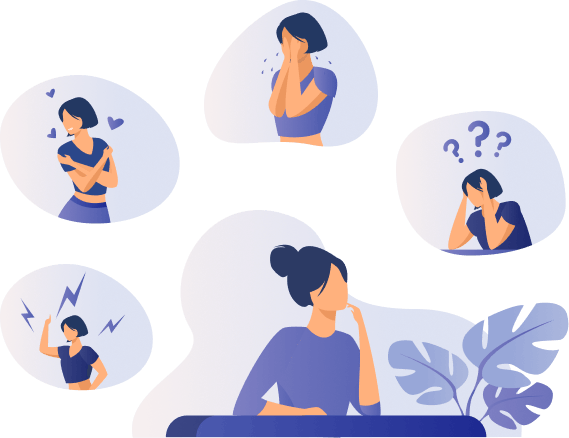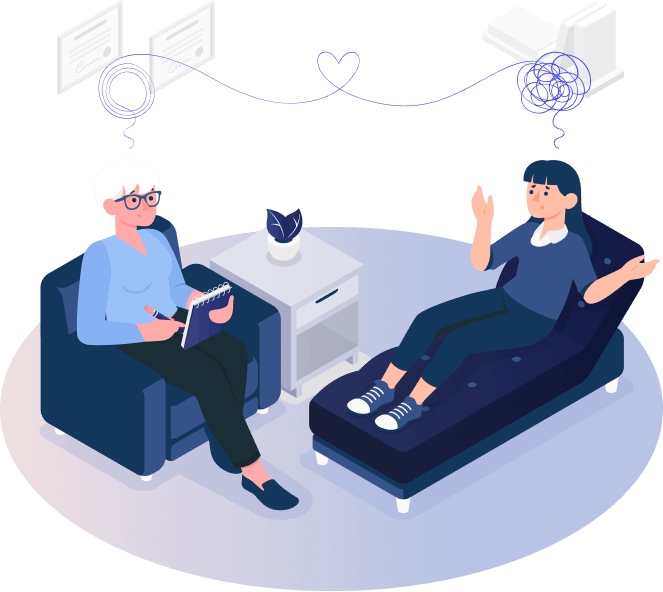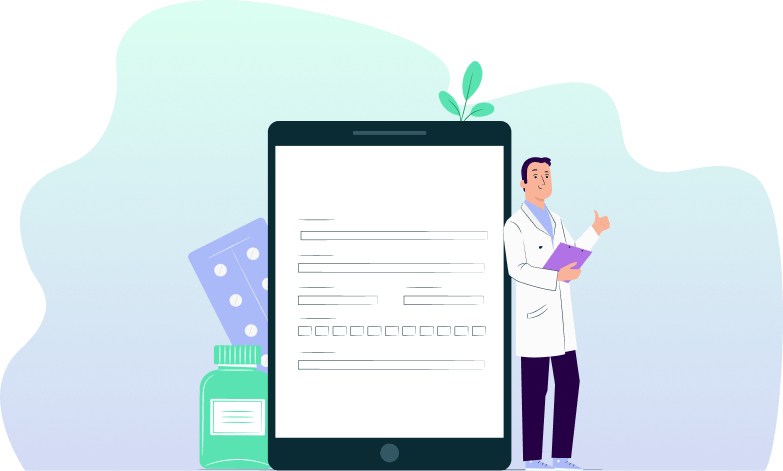Self-Care for Depression

You can personalize the Self-Care for Depression resource by downloading it HERE, and adding your own responses, or continue to view it below.
Our state of being is made up of our thought patterns that then affect our emotions and behaviors, and vice versa (i.e. The Cognitive Triangle). If we are experiencing depression, it can be challenging to find the motivation to change, and at the same time the way we think and behave may actually be what is preventing us from getting better. By using self-care we can begin to change unhelpful ways of thinking and create habits that keep us feeling well.
Choose to Soothe
In the face of adversity, there are two types of people: the soother and the sufferer. The soother is a person who uses the power of their mind and imagination to create positive results. They focus their thoughts on positive things such as good news, strengths, and what’s going well. The soother does not overlook or avoid painful emotions and experiences, but rather, they rely on facts and engage in habits that soothe their pain.

On the contrary, the sufferer uses the power of their mind to create misery, fear, and sadness by focusing and ruminating on negative things such as bad news, weaknesses, and what's going wrong. They rely solely on feelings or assumptions instead of facts, leading them to prolong their pain. When experiencing depression, it may be hard to break this cycle; nonetheless, when we acknowledge the ways we create more suffering for ourselves, we also give ourselves the power to break the cycle.

Self-Care Suggestions
Self-care can allow us to begin soothing our minds and bodies, rather than contributing to our own pain. Below are some suggested self-care strategies listed below to cope with depression.

Visualization - according to the American Psychological Association, visualization is the process of creating a visual image in one’s mind or mentally rehearsing a planned movement in order to learn skills or enhance performance. Visualization is a powerful tool that can be used both negatively and positively. Creating positive images in our minds helps facilitate positive emotions and makes us more likely to engage in healthy behaviors.
Suggestions:
- Visualize what your ideal future looks like. What do you see, hear, taste, smell, feel? Then reflect on: what do I need to do now to get there? Consider writing down what you came up with, and reflect on how you feel afterwards.
- Visualize a “safe place” when feeling overwhelmed or unmotivated. Spring Psychology provides a helpful outline here.
- Visualize yourself completing a task you might be avoiding. Ask yourself, “how will I feel when I complete this task? What steps do I see in between?” This technique has been shown to cause a release of dopamine in the brain, which is important in motivation and satisfaction.

Become aware of your thought patterns - thought patterns are your automatic thoughts or belief systems that make up your unconscious mind. It may take less effort to recognize our emotional reactions but it is critical to also become aware of the thoughts that may be fueling our emotions. When our thoughts are on autopilot they can be difficult to detect, and may keep us stuck in a loop.
Suggestions:
- Practice awareness by keeping a daily thought log to record your thoughts, emotions and behaviors. This can be done in a journal or the Logging Depression worksheet.
- Ask yourself regularly, “What am I thinking about that’s causing these unpleasant emotions?”

Challenge your automatic negative thoughts - once you have detected your thought pattern, challenge your thoughts for validity. Our strong emotions can cause us to believe that we lack control over our mental and physical body. Whether we realize it or not, we can observe our thoughts rather than getting swept up in them–all thoughts are real, but that does not make all thoughts true. Challenging our thoughts using “Socratic questions” can help us determine if we are thinking irrationally or realistically.
For example, you can challenge your thoughts by asking yourself questions such as:
- Am I making any assumptions about my thought?
- Do I have all of the information or evidence to draw a conclusion?
- Is there another perspective I can consider?
- What’s the worst that could happen?
- Will this matter in the near future? The distant future?
By challenging our less helpful thought patterns, we can begin to soothe rather than prolong our own suffering. To practice this skill, try: CBT Thought Records

Get active - symptoms of depression can make it difficult to find the motivation to get active, however slight movements such as stretching, walking, and doing chores can confront depressive symptoms. Using physical activity as a treatment for depression has been shown to be effective; research published by the National Institute of Health analyzed countless studies, proving that physical exercise was just as effective as antidepressants (Netz, 2017).
For more on physical activity, visit Cerebral Care Resources:

Avoid isolation - when battling depression, there may be an urge to isolate from social interaction and activities. We as humans are relational beings and function better with social interaction and support. Isolation tends to increase depressive symptoms and prolong symptoms of depression. Reaching out to loved ones or making new connections may not feel like the best decision in the moment, and can even feel scary, however making the decision to do so is an act of self-care.
For more on social support, visit Cerebral Care Resource:

Consult your primary care doctor - depression can also be triggered by illness, health problems, hormone imbalances, medication, and substances like alcohol. Consulting with your primary care doctor and being transparent about your symptoms, can help you rule out medical causes and point you in the direction of the root cause.
Reflection
After reviewing the information above, take some time for self-care. Self-care does not need to be a long, in-depth procedure, and can even be taking just a few minutes a day to reflect on the questions on the Self-Care for Depression downloadable worksheet.
References
Netz Y. Is the Comparison between Exercise and Pharmacologic Treatment of Depression in the Clinical Practice Guideline of the American College of Physicians Evidence-Based? Front Pharmacol. 2017 May 15;8:257. doi: 10.3389/fphar.2017.00257. PMID: 28555108; PMCID: PMC5430071.
Call 911 if you’re having a
mental health emergency
Text Home to 741-741 if you're in emotional
distress and need immediate support
Call or text 988 Suicide &
Crisis Lifeline. Chat service
is available at 988lifeline.org.